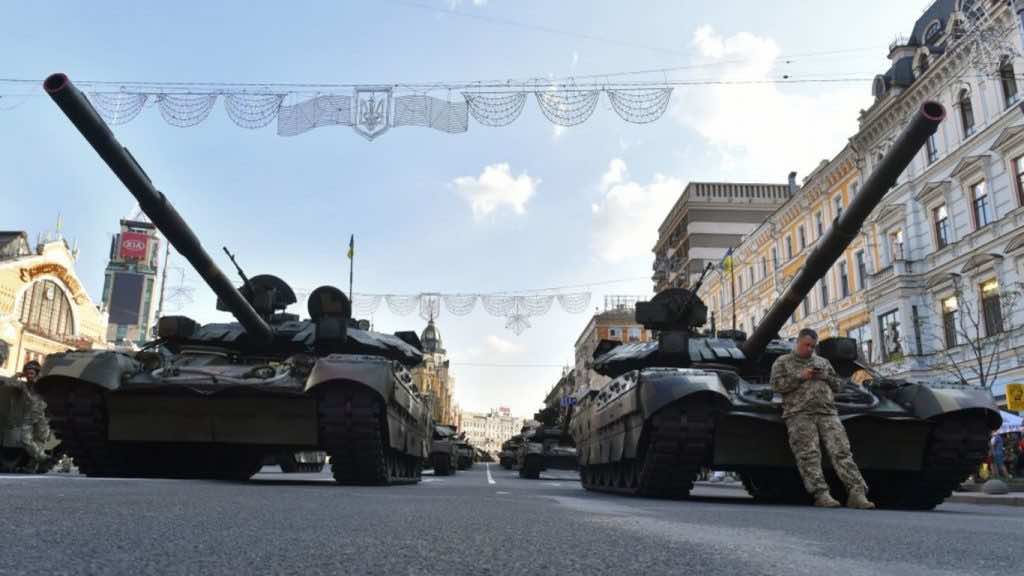The 21B “Oka,” was a mobile designed by the Soviets. It was a huge-caliber artillery piece developed to fire nuclear-tipped ammunition. Its creation was inspired by the initial tests of the M65 cannon called “Atomic Annie.”
To get back in the game, the Soviets decided to work on the tank, IS-5, to serve as the base for the planned 2B1 “Oka” mortar.
After development and testing, the 2B1 “Oka” mortar participated in a parade on Red Square in 1957, for the anniversary of the October Revolution.
However, during the actual tests, many systemic defects were found.
It seemed to be a huge success. However, the weapon turned out to be so impractical that it was a technological dead end.
During the demonstration, authorities were least impressed, and some claimed that they only did it to intimidate the enemies without any real evidence.
For example, the 420-mm “Oka” self-propelled mortar had design flaws that made it impractical for the actual field in combat.
These factors caused the “Oka” to not be classified as a practical weapon. Today, the only known remaining 2B1 mortar “Oka” can be in the artillery museum in the city of St. Petersburg.
Built-in response to the United States work on “Atomic Annie,” the 21b “Oka” was an intimidating machine. However, both weapons would ultimately prove to be a technological dead end.

